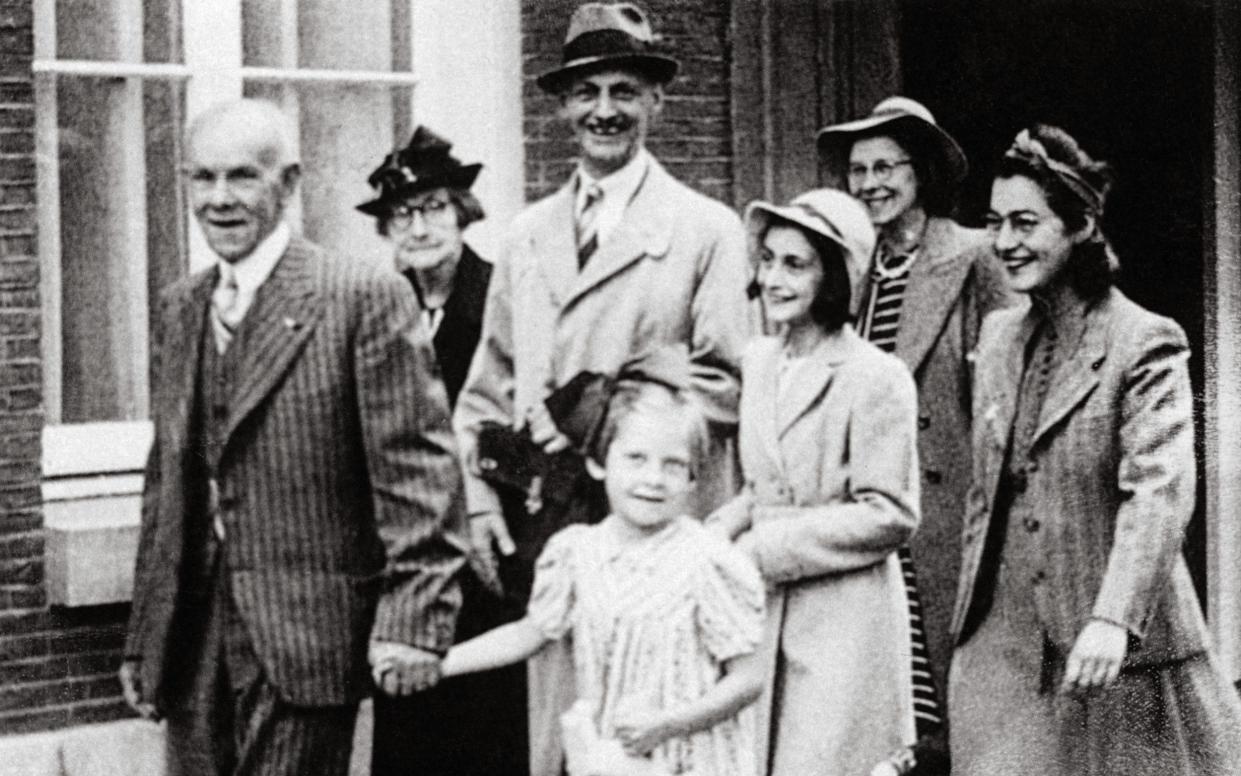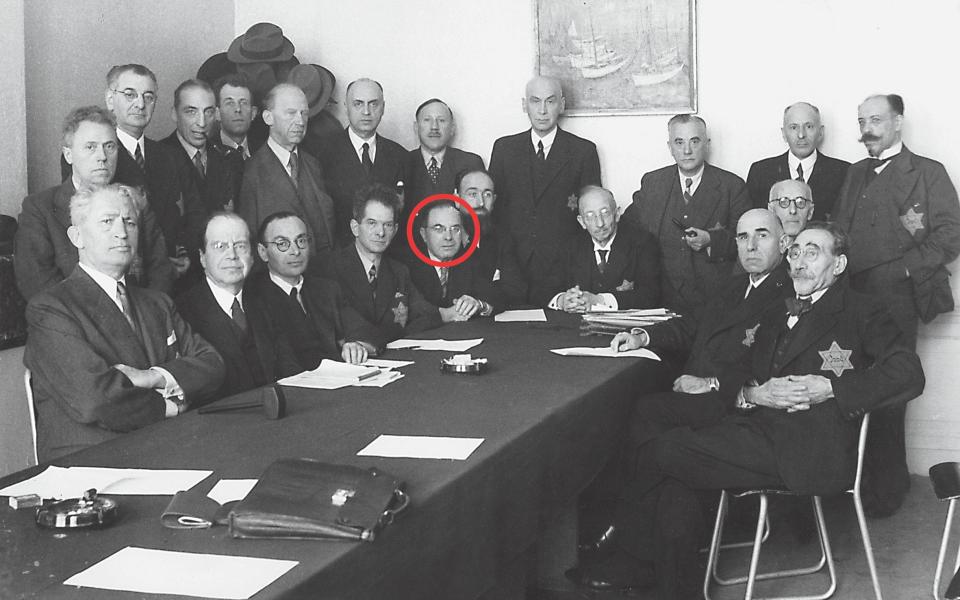The Betrayal of Anne Frank, review: a stunning piece of historical detective work

- Oops!Something went wrong.Please try again later.
- Oops!Something went wrong.Please try again later.
On August 4 1944, SS officer Julius Dettman received information that Jews were hiding in a warehouse complex at Prinsengracht 263 in central Amsterdam. The IV B4 “Jew-hunting unit” that he dispatched to search the warehouse found eight Jews in its annex, including four from one family: German-born Otto Frank, his wife Edith, and their two teenage daughters Margot (18) and Anne (15).
Incredibly they had been hiding in the annex for 25 months, during which time Anne had kept a journal that was published after the war as The Diary of a Young Girl. Tragically Anne perished in a Nazi death camp, as did her mother, sister and the other four residents of the annex. Only Otto Frank survived.
The question that has tormented historians ever since is: who betrayed the Franks? A number of possible culprits have been identified in books: Lena Hartog, the wife of the assistant warehouse manager, a shady character called Anton ‘Tonny’ Ahlers, and the Nazi-sympathising sister of Bep Voskuijl, a company employee who was helping to hide the Franks. But the evidence in each instance is far from convincing.
In 2016, a fresh attempt to crack the case was launched by Dutch filmmaker Thijs Bayens and journalist Pieter van Twisk. Using funds from a variety of sources, they recruited a 23-person Cold Case Team led by former FBI special agent Vince Pankoke that included a behavioural scientist, historians and, from the spring of 2019, Rosemary Sullivan, a prize-winning Canadian biographer and the author of a new book about the investigation, The Betrayal of Anne Frank.
Based in an office in northern Amsterdam, the team gathered documents from 29 archives and used modern law enforcement techniques such as criminal profiling and forensic testing to narrow the search.

The first big break came when the team noticed that Miep Gies, one of the employees who had hidden the Franks and later saved Anne’s diary, let slip in an interview in 1994 that she knew the identity of the betrayer and that he had died by 1960. This might explain, the team reasoned, Otto Frank’s odd change of behaviour between the two Dutch police investigations into the betrayal in 1948 and 1963. During the former, he had been determined to find the culprit; yet by the latter he was barely interested. Was this because, the Cold Case Team asked, he now knew the person’s identity and knew he was dead?
They began to concentrate on a vital piece of evidence found in the files of the 1963 police inquiry: an anonymous note that Frank had received shortly after his return to Amsterdam from Auschwitz in 1945, naming Arnold van den Bergh as the informant. A wealthy notary and member of Amsterdam’s Jewish Council, the representative body set up by the Nazis to administer Jewish affairs, van den Bergh had survived the Holocaust, as had his family. Had he provided the Franks’ address to keep his family safe?
The more the team dug, the more the theory appeared not only possible, but probable. Van den Bergh, they discovered, had played a profitable role in selling confiscated art to senior Nazis (including Herman Goering), and had good contacts with senior SS and Nazi administrators. Yet by 1944, with the Jewish Council dissolved and his family in serious danger, he might have traded information to secure their survival. That he was in a position to do this was confirmed by the bombshell discovery of documentary evidence that members of the Jewish Council had provided the Germans with a list of more than 500 addresses of Jews in hiding, culled from intercepted letters.

In 1948, after van den Bergh had been condemned by a Jewish Honor Court for assisting the Germans, Otto Frank told a Dutch journalist: “We were betrayed by Jews”, implying he now knew van den Bergh’s identity. Yet he never publicly accused him, possibly because the revelation that a Jew had sent other Jews to their deaths would have whipped up anti-Semitic sentiment. Two years later, van den Bergh was dead from throat cancer.
The Cold Case Team, however, are not in any doubt of his guilt. For ex-FBI agent Pankoke, he meets all the criteria of the law enforcement axiom: he had knowledge, motive and opportunity. “Arnold van den Bergh,” writes Sullivan, “was a person put into a devil’s dilemma by circumstances for which he was not to blame, and, under pressure, he may have failed to understand fully the consequences of his actions.”
That is being generous. What is not in doubt is that The Betrayal of Anne Frank is a stunning piece of historical detective work, cleverly structured and grippingly written. While we can never be absolutely certain of van den Bergh’s responsibility, the conclusions drawn by the Cold Case Team are compelling. Perhaps the last word should rest with van den Bergh’s granddaughter who told Pankoke that if in fact he had done it, it could have been for only one reason: “because he was forced, because he had to save his family’s lives.”
The Betrayal of Anne Frank by Rosemary Sullivan (William Collins, £20) is published on Jan 18. To order your copy, visit Telegraph Books

